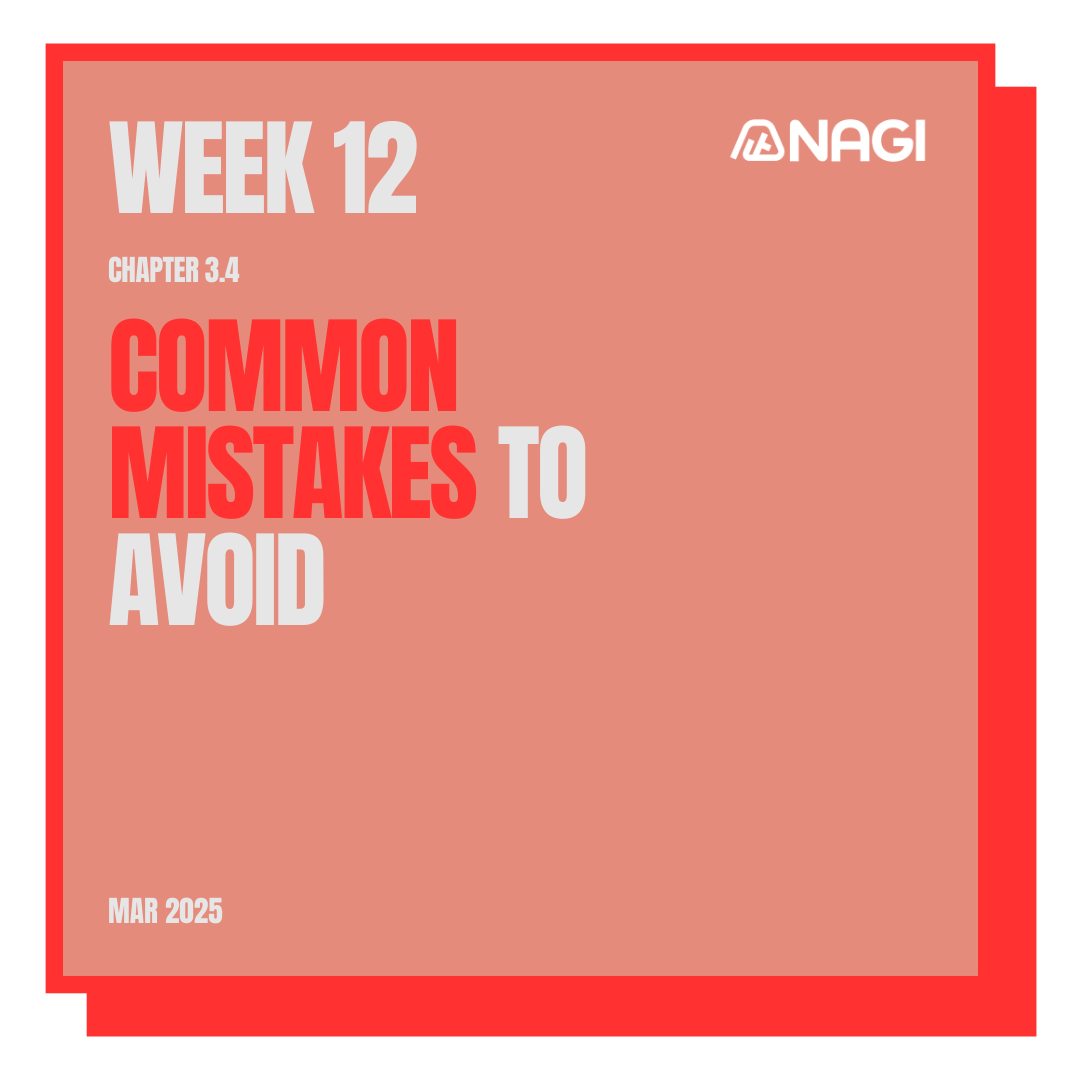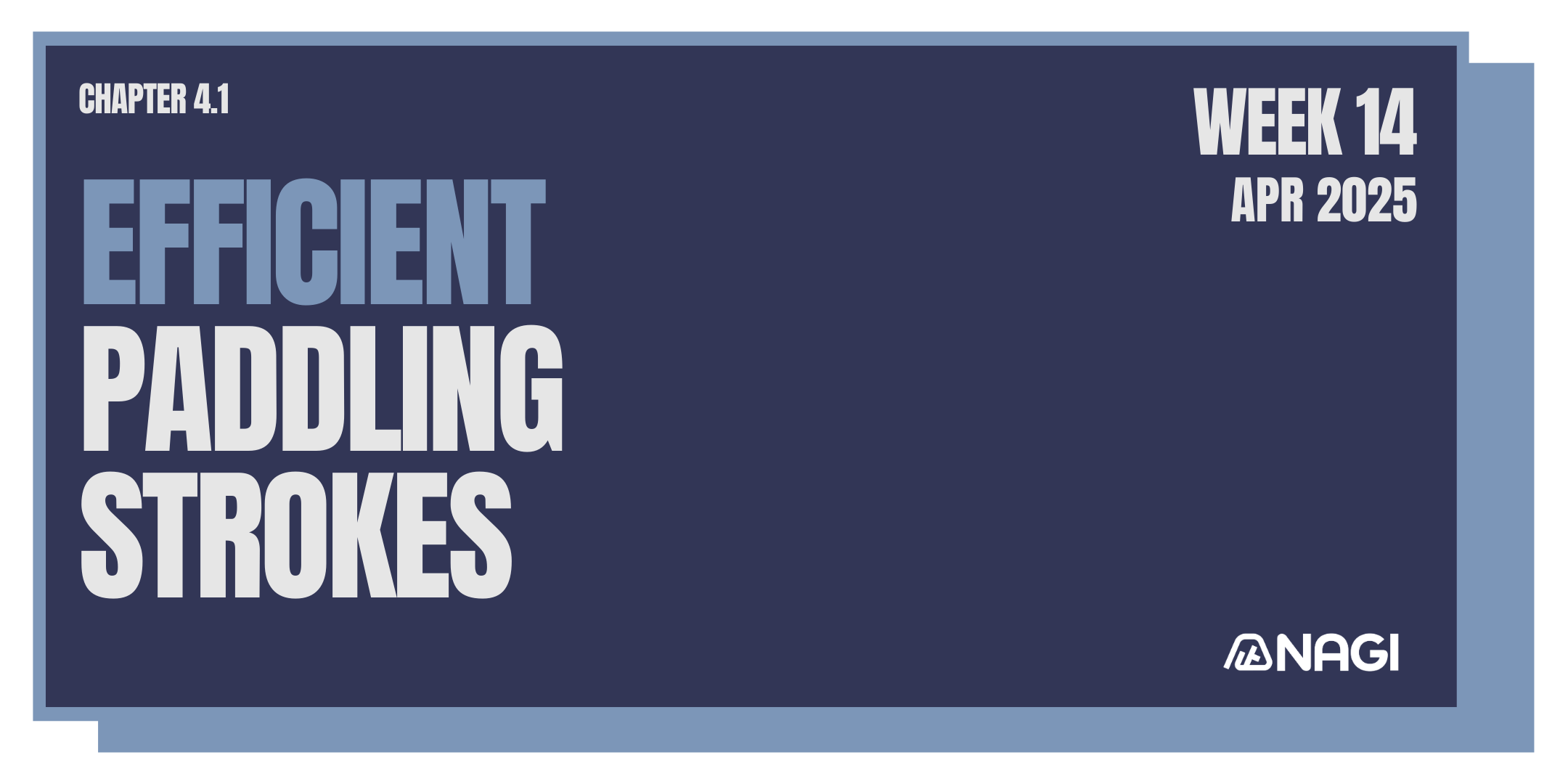Welcome to Week 13 of our SUP adventures! As we continue to develop our paddleboarding skills, today we'll focus on an essential aspect of the sport that every paddler needs to master - getting back on your board after a fall. Whether you're a beginner or an experienced paddler, these techniques will help you handle unexpected dips with confidence and get you back to enjoying your time on the water quickly and safely.
In this comprehensive guide, we'll walk through everything from immediate post-fall actions to advanced recovery techniques. Let's dive in!
Getting Back on Your SUP After a Fall
Falling off your stand-up paddleboard (SUP) is a natural part of the learning experience. Even experienced paddlers take unexpected dips sometimes! Here's a comprehensive guide to help you safely and efficiently get back on your board.
Immediate Actions After Falling
- Stay calm and assess: Your first priority is to remain calm. Take a moment to orient yourself and ensure you're not in any immediate danger.
- Locate your equipment: Find your paddle if you've lost grip of it. Most paddles float, but quick retrieval is important, especially in windy conditions.
- Check your leash: Ensure your leash is still properly attached. This vital piece of safety equipment keeps you connected to your board.
The Recovery Process
- Position yourself correctly: Swim to the middle of your board, positioning yourself on the side. This is your board's most stable point and will make remounting easier.
- Secure your paddle: Place your paddle across the board horizontally or use the deck bungees if available.
-
Master the pull-up technique:
- Grab the center handle or both rails of your board firmly
- Keep your legs behind you, floating near the surface
- Use a strong scissor kick while pulling yourself up
- Lead with your chest, keeping your body close to the board
- Perfect the roll: As you pull yourself up, roll your body onto the board. Keep your movements smooth and controlled to maintain stability.
Getting Back to Standing Position
- Start in prone position: Once on the board, lie flat on your stomach to stabilize yourself.
- Move to kneeling: Gradually work your way up to a kneeling position, keeping your weight centered.
-
Return to standing:
- Place your feet where they were before falling
- Keep your knees bent for better balance
- Use your paddle for additional stability if needed
- Rise slowly and smoothly to avoid rocking the board
Advanced Tips and Considerations
Different conditions may require different approaches:
- Choppy water: You might need to approach from the back of the board where it's more stable
- Strong winds: Position yourself on the downwind side of the board to prevent it from blowing over you
- Cold water: Practice quick recovery to minimize exposure time
- Deep water: Consider wearing a PFD (Personal Flotation Device) for added safety
Safety Tips:
- Always wear your leash
- Practice recovery in calm, shallow water first
- Keep your board between you and any potential hazards
- Consider wearing a PFD in challenging conditions
- If you're too tired to get back on, stay with your board and signal for help
Practice Makes Perfect
The more you practice falling and recovery, the more confident you'll become. Consider dedicating some time during each paddling session to intentionally practice falling and getting back on your board. This will help build muscle memory and make the process more automatic when you need it.
Remember: Everyone falls - it's part of the SUP experience. The key is knowing how to recover safely and efficiently so you can get back to enjoying your time on the water.



